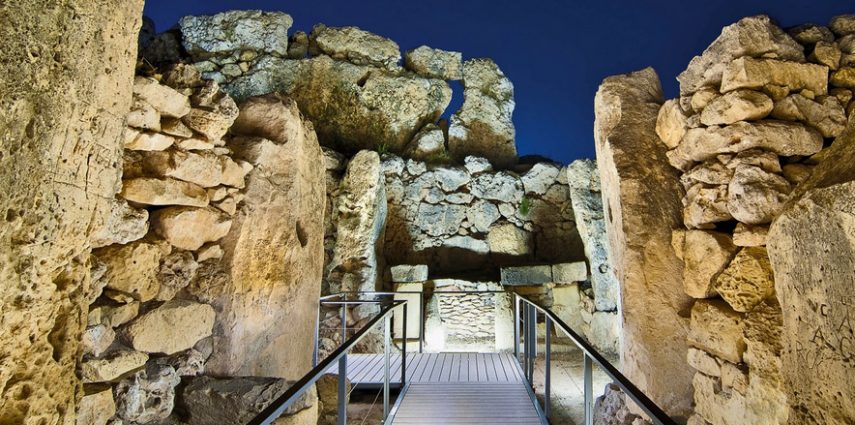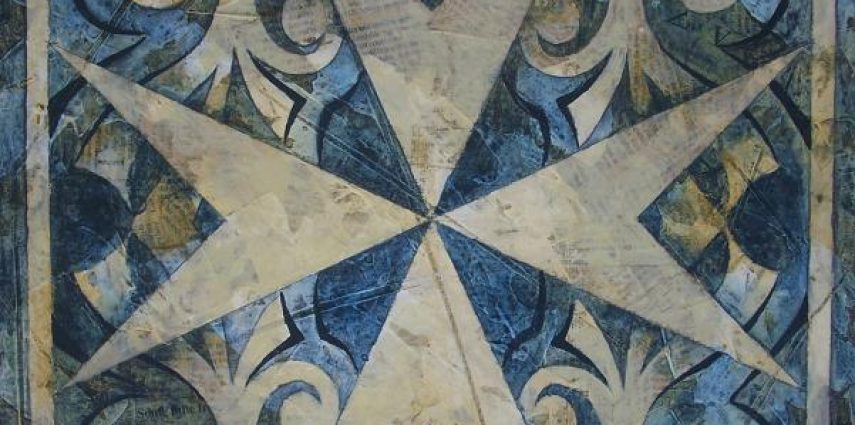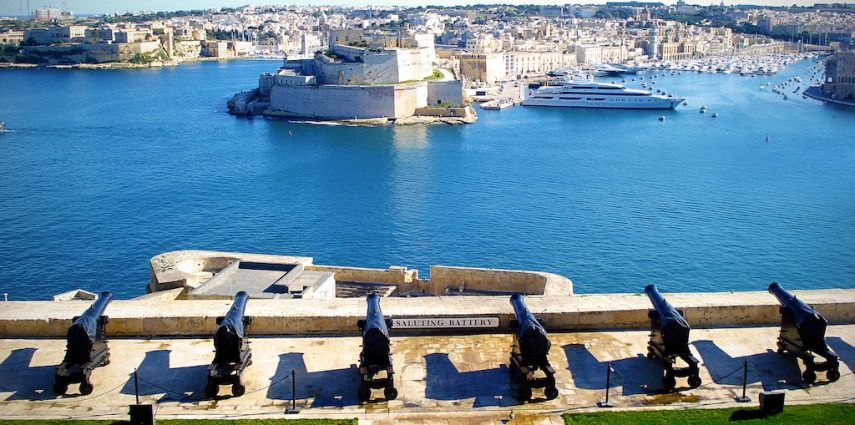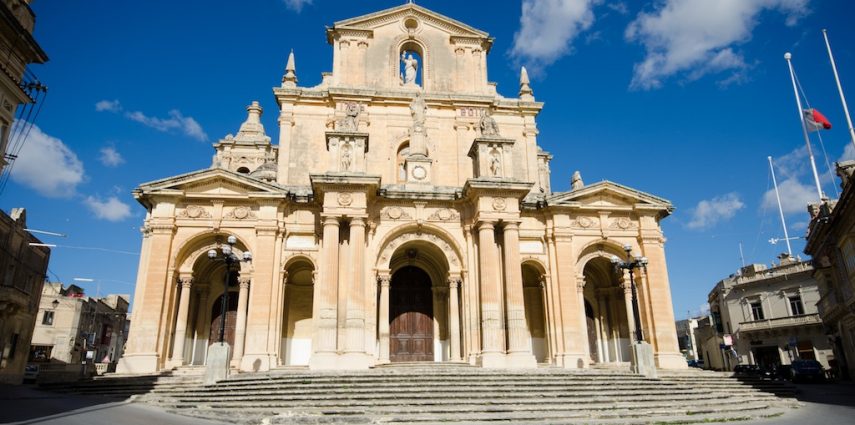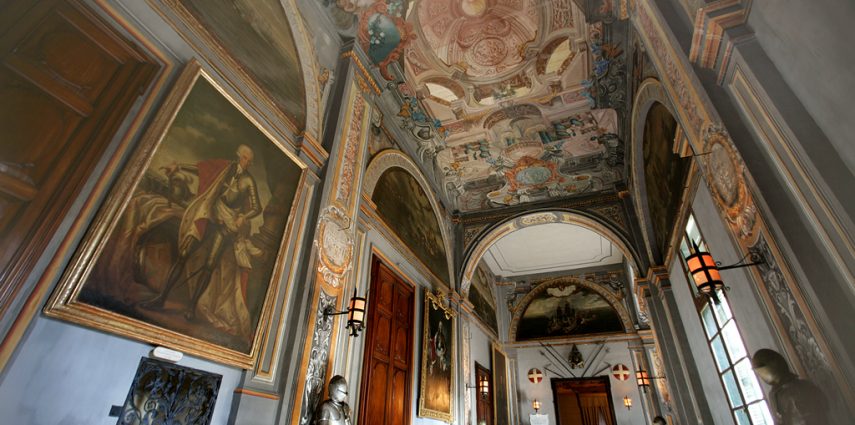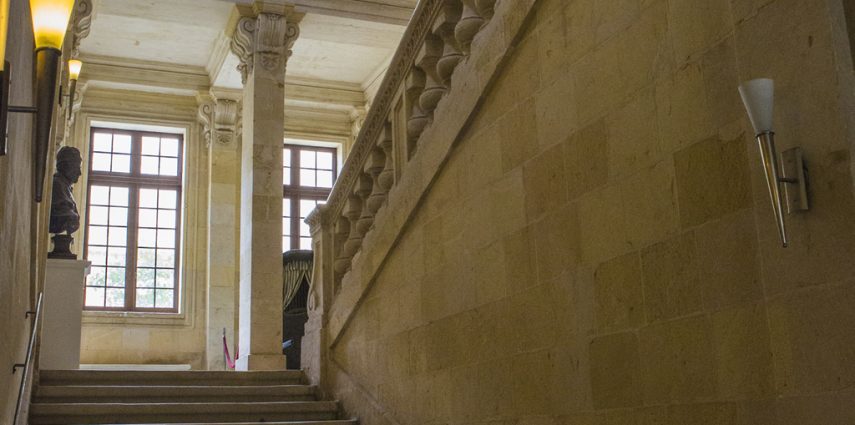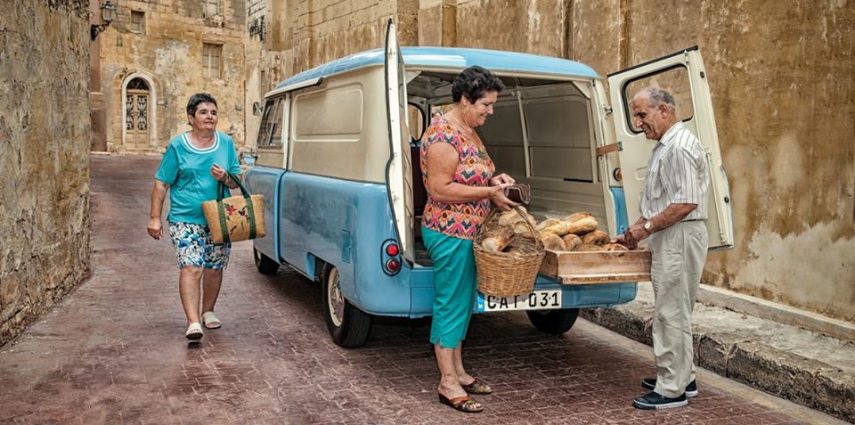Gardjola Gardens in Senglea’s bastions across Valletta, offer spectacular views of the Grand Harbour
The Gardjola Gardens are located in Senglea or Isla as it is known by the locals. It overlooks the bastion with fantastic panoramic views over Marsa, Valletta, Grand Harbour and Fort St. Angelo.
The gardens were planned by Grandmaster De La Sengle in 1551 with a lovely guard tower built on the tip of the bastions. The guard tower, ‘Il-gardjola’, has various symbols sculpted on in such as an eye, an ear and the crane bird, representing guardianship and observance protecting the Maltese shores.
The eye on the tower is a popular icon representing Malta, featured in many brochures about the Island. The gardens have palm trees and provide a spot to relax under the shade while enjoying the view.
Hit LIKE to view a 360° Panoramic Video…
[like-gate]
[/like-gate]



